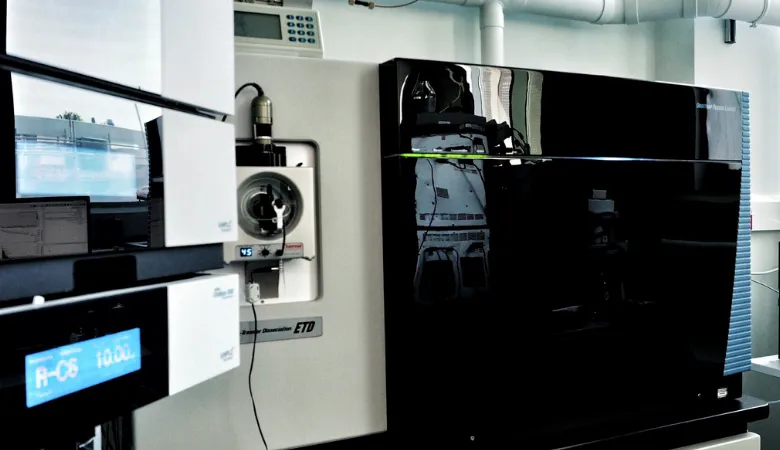The new instrument will be mainly used for glycopeptide identifications, a new frontier in proteomics.
Professor Manuel Mayr, a BHF Senior Fellow and Professor of Cardiovascular Proteomics who secured the funding
20 July 2015
BHF Centre of Excellence awarded £1.2 milllion for state of the art equipment
The BHF Centre of Excellence within the School of Cardiovascular Medicine & Sciences has been awarded funding to upgrade its proteomics infrastructure. The funding, totalling £1.2 million is the combination of a British Heart Foundation Infrastructure Grant and a Guy's and St Thomas' Charity Award via the NIHR Biomedical Research Centre at Guy’s and St Thomas’ NHS Foundation Trust and King’s College London.

The BHF Centre will now benefit from a brand new mass spectrometer (MS) instrument – the Orbitrap Fusion Lumos Tribrid MS, which was launched this year and is the first of its kind in the UK. The new instrument is designed to expand performance in advanced proteomics, biopharma and metabolomics applications, including quantitation using isobaric tags, low level PTM analysis, data independent acquisition (DIA), and top-down proteomics.
Changes in disease may not be confined to protein expression but involve altered posttranslational modficiations (PTMs), in particular glycosylation. Surprisingly little has been done to study the impact of glycosylation in cardiovascular disease.
Besides improved sampling speed and depth, the new Fusion Lumos offers a combination of novel fragmentation methods, such as higher-energy collisional dissociation (HCD) and electron-transfer dissociation (ETD), for greater confidence in the identification of PTMs. For example, conventional glycoproteomic methods involve the enrichment of glycoproteins, cleavage of the glycans, and identification of the remaining peptide sequence. On the new instruments, HCD is employed to generate glycan oxonium ions and to trigger an ETD spectrum on glycopeptides in a data-dependent manner. This approach allows the analysis of intact glycopeptides directly by mass spectrometry, even in complex biological samples (Yin et al, Mol Cell Proteomics, 2013).
